Symptoms of allergic reaction to air fresheners. Fragrance Sensitivity: Symptoms, Causes, and Impact on Indoor Air Quality
What are the common symptoms of fragrance sensitivity. How many people are affected by fragrance allergies. What does scientific research say about fragrance sensitivity. How can individuals manage fragrance sensitivity in daily life. What is the impact of air fresheners on indoor air quality. Are there alternatives to traditional fragranced products. How can workplaces accommodate those with fragrance sensitivities.
Understanding Fragrance Sensitivity: A Growing Concern
Fragrance sensitivity is an increasingly recognized issue affecting a significant portion of the population. While some individuals may simply find certain scents unpleasant, others experience severe physical reactions that can greatly impact their quality of life. This article explores the symptoms, prevalence, and potential causes of fragrance sensitivity, as well as its implications for indoor air quality and daily living.
Common Symptoms of Fragrance Sensitivity
Individuals with fragrance sensitivity may experience a range of symptoms when exposed to scented products. These can include:

- Respiratory issues (difficulty breathing, coughing, shortness of breath)
- Mucosal symptoms (watery or red eyes, nasal congestion, sneezing)
- Migraine headaches
- Skin problems (rashes, hives, red skin, tingling skin, dermatitis)
- Asthma attacks
- Nausea and stomach discomfort
- Dizziness and weakness
- Anxiety and mood changes
The severity of these symptoms can vary widely among affected individuals, with some experiencing mild discomfort while others face debilitating effects that interfere with their daily activities and social interactions.
The Prevalence of Fragrance Sensitivity: More Common Than You Might Think
Recent research suggests that fragrance sensitivity may be more widespread than previously believed. A survey conducted by Anne Steinemann from the University of Melbourne across the US, Australia, UK, and Sweden reported that as many as one in three people experience some form of fragrance sensitivity.
The study found that adverse effects were most commonly caused by:
- Fragrance in products worn by others
- Scented cleaning products
- Air fresheners and deodorisers
Perhaps most alarmingly, 9% of respondents reported that the effects of fragrance exposure were “disabling,” leading to lost workdays or even job loss. This highlights the potential economic and social impact of fragrance sensitivity on affected individuals and society as a whole.

The Science Behind Fragrance Sensitivity: What Do We Know?
While the prevalence of fragrance sensitivity seems to be increasing, the scientific community is still working to fully understand its causes and mechanisms. Ian Musgrave, a molecular pharmacologist and toxicologist from the University of Adelaide, notes that the current body of research presents some challenges in drawing definitive conclusions.
Established Links and Ongoing Research
Some aspects of fragrance sensitivity have been well-documented in scientific literature:
- Contact dermatitis: Components of fragrances can cause skin inflammation in some individuals.
- Migraine triggers: Several studies have found that perfumes can trigger migraines in susceptible people.
- Asthma exacerbation: Fragrances have been linked to asthma attacks in some individuals.
However, the broader range of symptoms reported by those with fragrance sensitivity, particularly respiratory issues, remains a subject of ongoing research and debate within the scientific community.

Challenges in Studying Fragrance Sensitivity
Several factors complicate the scientific investigation of fragrance sensitivity:
- Variability in research methodologies makes it difficult to compare findings across studies.
- Many studies rely on self-reported symptoms, which can be subjective and potentially influenced by other factors.
- Controlled exposure studies have been limited in scale and scope.
- The complex nature of fragrances, which often contain multiple chemical compounds, makes it challenging to isolate specific triggers.
Despite these challenges, the growing body of research and increasing public awareness underscore the need for continued scientific investigation into fragrance sensitivity and its potential health impacts.
Beyond Physical Reactions: Psychological and Neurological Factors
While many individuals with fragrance sensitivity report clear physical symptoms, some experts suggest that psychological and neurological factors may also play a role in the condition. This complex interplay of physical and mental processes could help explain the wide range of reported symptoms and varying severity among affected individuals.
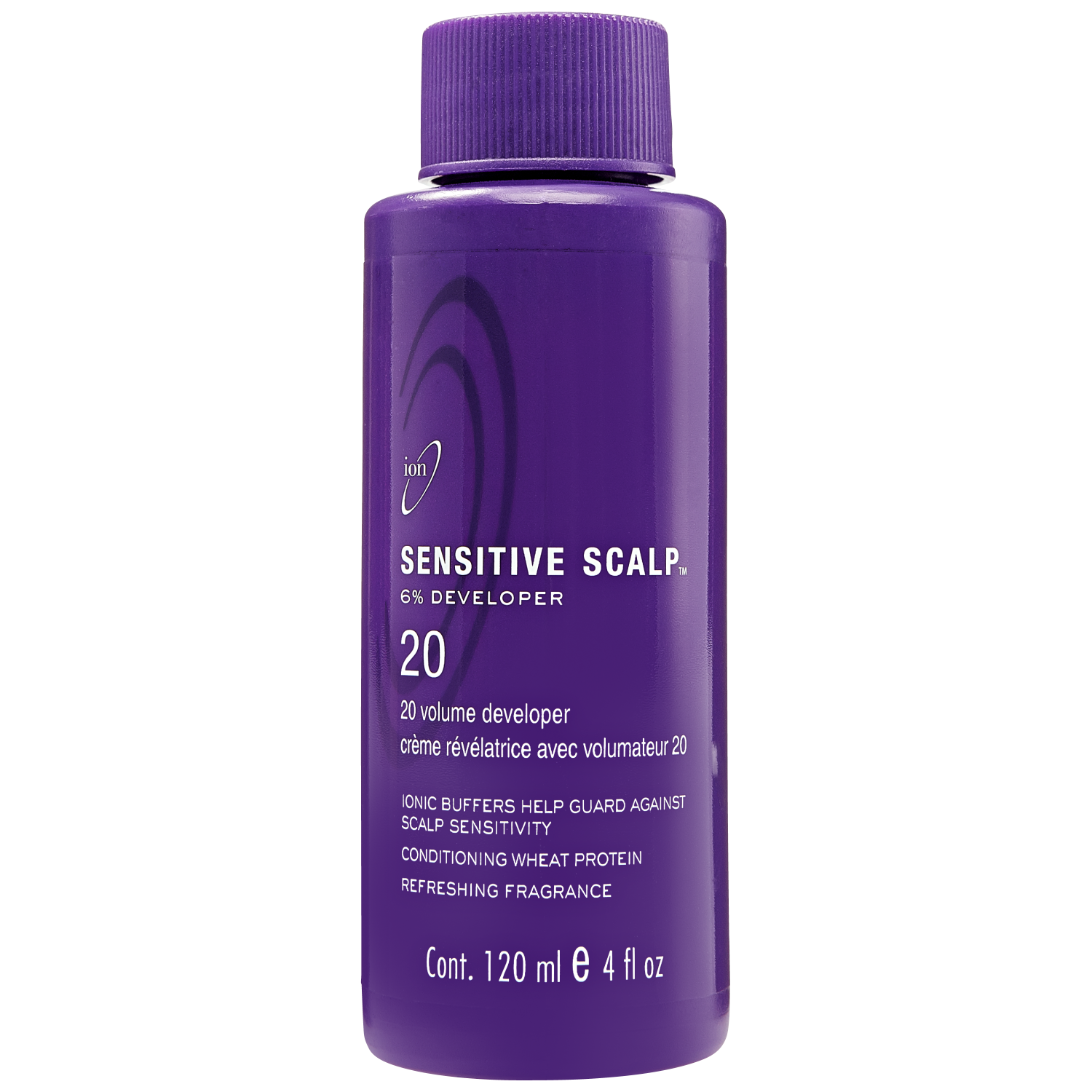
The Role of Association and Conditioning
One theory proposes that some individuals may develop fragrance sensitivity through a process of association and conditioning. For example:
- A person may initially experience adverse effects from an environmental trigger like mold or cigarette smoke.
- If fragrances were used to mask these triggers, the individual might begin to associate the fragrance itself with the negative symptoms.
- Over time, exposure to the fragrance alone could trigger anxiety or physical symptoms, even in the absence of the original environmental trigger.
This theory highlights the potential complexity of fragrance sensitivity and the need for a holistic approach to diagnosis and treatment.
Neurological Sensitivity and Sensory Processing
Some researchers have suggested that fragrance sensitivity may be related to broader neurological differences in sensory processing. This could explain why some individuals seem to be more sensitive to a wide range of sensory inputs, including smells, sounds, and textures.

Further research in this area could provide valuable insights into the underlying mechanisms of fragrance sensitivity and potentially lead to more effective treatment strategies.
The Impact of Fragrance Sensitivity on Daily Life and Social Interactions
For individuals like Jacqueline Wilkes and her mother Nancy, fragrance sensitivity can have a profound impact on daily life and social interactions. The ubiquity of fragranced products in modern society creates numerous challenges for those affected by this condition.
Social Isolation and Reduced Quality of Life
Many individuals with fragrance sensitivity report feeling isolated or excluded from social situations due to their condition. This can manifest in various ways:
- Avoiding public spaces or events where exposure to fragrances is likely
- Declining invitations to social gatherings
- Difficulty maintaining relationships with friends or family members who use fragranced products
- Challenges in finding suitable employment or maintaining a job in scented environments
These limitations can lead to a reduced quality of life and potentially contribute to mental health issues such as anxiety and depression.

Navigating Healthcare and Public Spaces
Even essential activities like seeking medical care can become challenging for those with fragrance sensitivity. As noted in the case of Nancy Wilkes, healthcare professionals may unknowingly create barriers for patients by wearing cologne or using scented products in their facilities.
Similarly, public spaces such as stores, restaurants, and transportation hubs often use air fresheners or cleaning products that can trigger symptoms in sensitive individuals. This can make it difficult for affected persons to fully participate in community life and access necessary services.
Indoor Air Quality and the Role of Air Fresheners
The widespread use of air fresheners and scented cleaning products has significant implications for indoor air quality, particularly for those with fragrance sensitivity. While these products are often marketed as improving the indoor environment, they may actually introduce potentially harmful volatile organic compounds (VOCs) into the air.
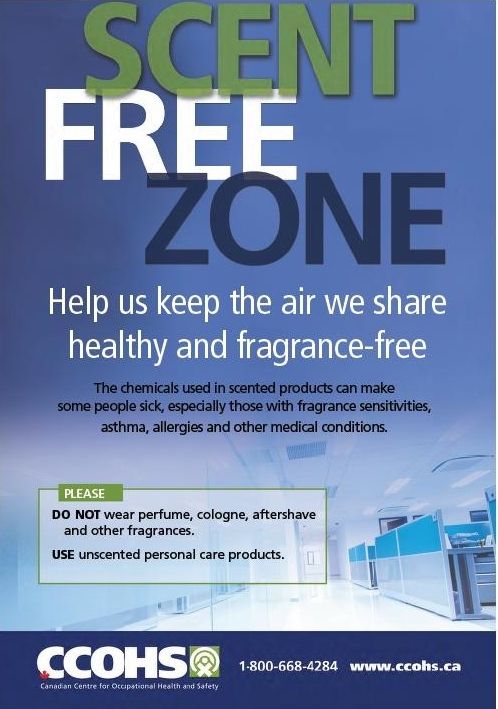
The Hidden Dangers of Air Fresheners
Air fresheners and scented products can impact indoor air quality in several ways:
- Introducing synthetic chemicals and VOCs into the air
- Masking underlying odors that may indicate other environmental issues (e.g., mold growth)
- Creating complex chemical interactions with other indoor pollutants
- Potentially triggering respiratory issues, headaches, and other symptoms in sensitive individuals
It’s important to note that even products labeled as “natural” or “organic” may still contain compounds that can trigger reactions in sensitive individuals.
Alternatives for Improving Indoor Air Quality
For those concerned about indoor air quality and fragrance sensitivity, there are several alternatives to traditional air fresheners:
- Proper ventilation: Regularly opening windows and using exhaust fans can help remove indoor pollutants and improve air circulation.
- Air purifiers: High-quality air purifiers with HEPA filters can help remove airborne particles and some VOCs.
- Natural odor absorbers: Activated charcoal, baking soda, and certain houseplants can help neutralize odors without introducing additional chemicals.
- Essential oil diffusers: While some individuals may still be sensitive to essential oils, they can be a more natural alternative for those seeking a fragrant environment.
- Regular cleaning: Maintaining a clean living space can reduce the need for masking odors in the first place.
By focusing on addressing the root causes of indoor air quality issues rather than masking them with fragrances, individuals can create a healthier living environment for themselves and others who may be sensitive to scents.
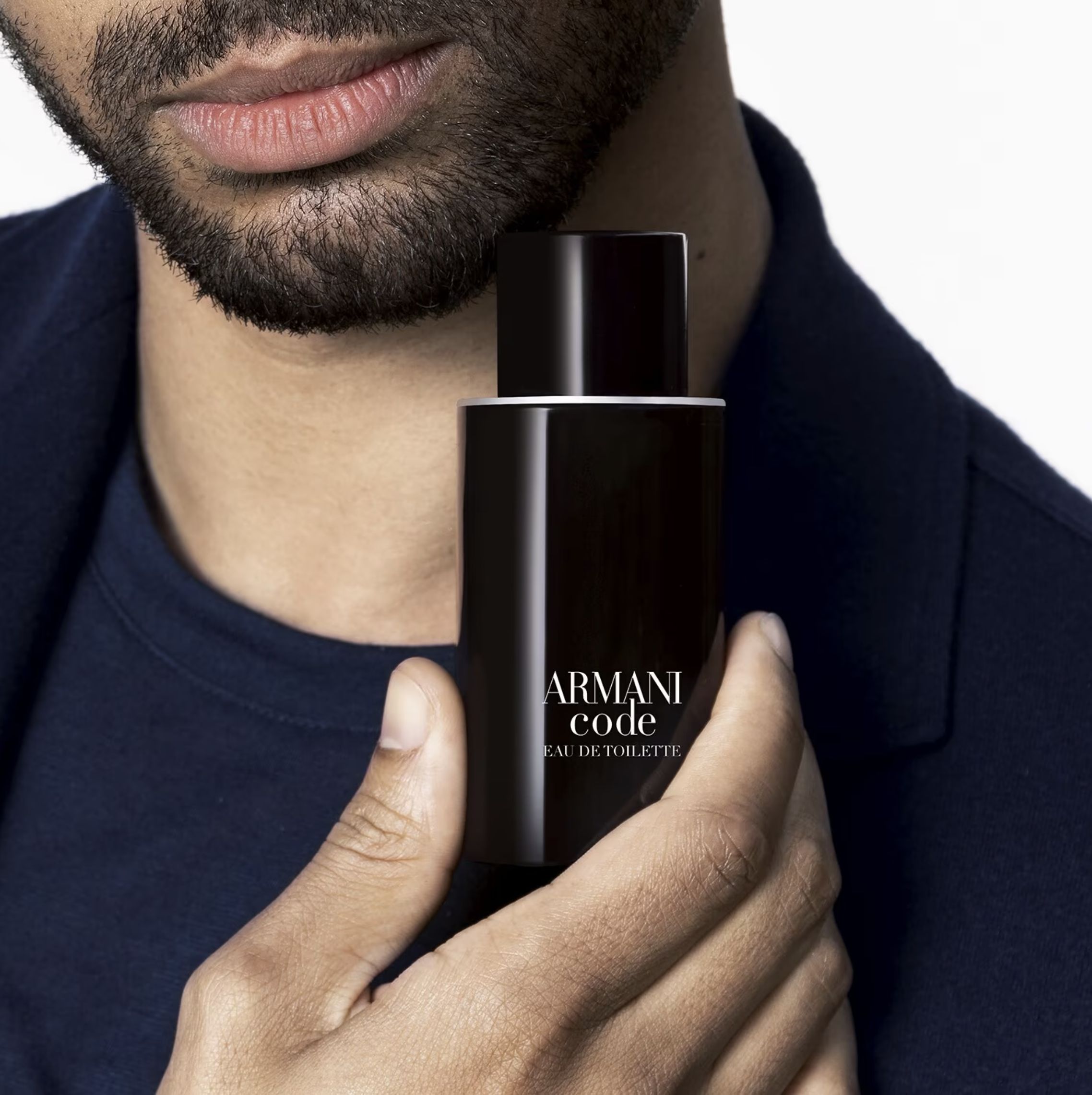
Managing Fragrance Sensitivity: Strategies for Affected Individuals
While the scientific community continues to investigate the causes and mechanisms of fragrance sensitivity, individuals affected by this condition need practical strategies for managing their symptoms and navigating daily life. Here are some approaches that may help:
Creating a Fragrance-Free Home Environment
One of the most effective ways to manage fragrance sensitivity is to create a safe haven at home:
- Replace scented household products with fragrance-free alternatives
- Use natural cleaning methods (e.g., vinegar, baking soda) instead of chemical cleaners
- Ask visitors to refrain from wearing perfumes or scented products
- Install air purifiers to help remove airborne irritants
- Consider using hypoallergenic bedding and furnishings
Communicating with Others
Open communication about fragrance sensitivity can help create understanding and support:
- Educate friends, family, and colleagues about your condition
- Provide clear, specific requests when asking others to avoid certain products
- Offer alternatives or suggestions for fragrance-free options
- Be patient and understanding, as many people may be unaware of the impact of fragrances
Workplace Accommodations
For those whose fragrance sensitivity affects their ability to work, seeking accommodations may be necessary:

- Discuss your condition with your employer or HR department
- Request a fragrance-free policy in your immediate work area
- Explore options for remote work or flexible scheduling
- Consider using personal air purifiers or protective masks if necessary
Self-Care and Symptom Management
Developing strategies to manage symptoms when exposure does occur can be helpful:
- Practice stress-reduction techniques like deep breathing or meditation
- Use saline nasal sprays or rinses to help clear irritants from nasal passages
- Keep rescue medications (e.g., inhalers for asthma) on hand
- Wear a mask with activated carbon filter when in potentially triggering environments
- Prioritize overall health through diet, exercise, and adequate sleep to potentially improve resilience
By implementing these strategies and continuing to advocate for greater awareness of fragrance sensitivity, affected individuals can work towards improving their quality of life and reducing the impact of this challenging condition.
The Future of Fragrance Sensitivity Research and Awareness
As fragrance sensitivity gains more recognition, both in scientific circles and among the general public, there is hope for increased research, understanding, and accommodations for those affected. Several key areas are likely to see development in the coming years:
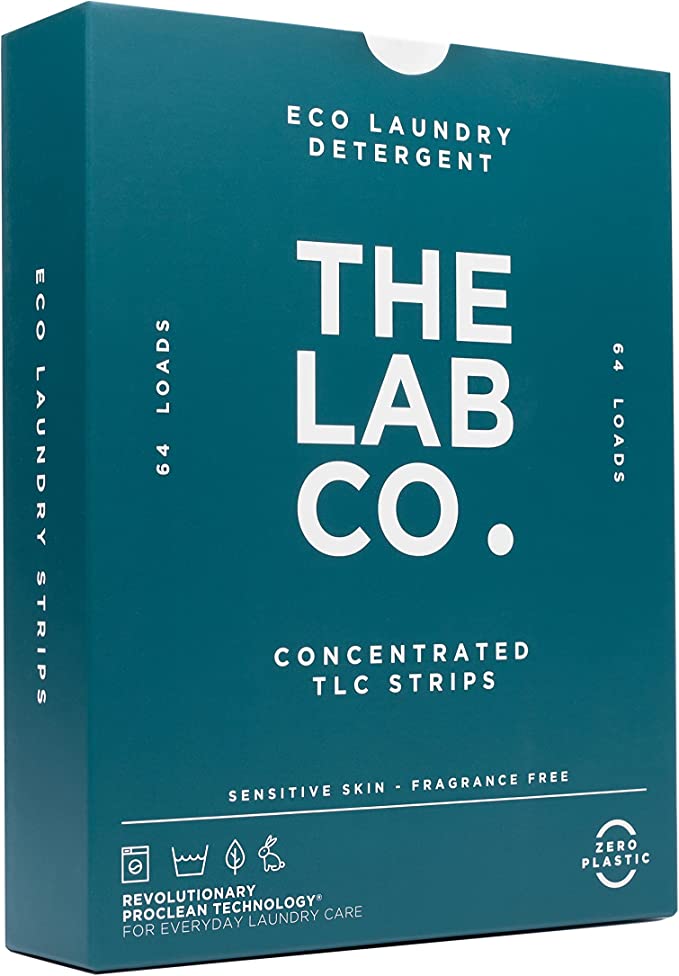
Advancing Scientific Understanding
Future research into fragrance sensitivity may focus on:
- Identifying specific chemical compounds that trigger reactions in sensitive individuals
- Developing standardized diagnostic criteria for fragrance sensitivity
- Investigating potential genetic or environmental factors that may predispose individuals to the condition
- Exploring the relationship between fragrance sensitivity and other health conditions, such as multiple chemical sensitivity (MCS) or chronic fatigue syndrome
Improving Product Labeling and Regulations
As awareness grows, there may be increased pressure on manufacturers and regulators to:
- Provide more detailed ingredient listings for fragranced products
- Develop stricter guidelines for “fragrance-free” and “hypoallergenic” claims
- Regulate the use of certain fragrance compounds in consumer products
- Implement warning labels for products containing known sensitizers
Expanding Fragrance-Free Initiatives
We may see a growth in fragrance-free policies and spaces, including:

- More workplaces adopting fragrance-free policies
- Hospitals and healthcare facilities implementing stricter scent-free guidelines
- Public spaces offering fragrance-free seating areas or hours
- Educational institutions creating awareness programs about fragrance sensitivity
Developing New Treatment Approaches
As research progresses, new treatment options may emerge, such as:
- Targeted therapies to desensitize individuals to specific fragrance compounds
- Improved air filtration technologies for personal and environmental use
- Novel medications to manage symptoms of fragrance sensitivity
- Integrative approaches combining medical treatment with lifestyle modifications and psychological support
While the path forward may present challenges, the increasing recognition of fragrance sensitivity as a legitimate health concern offers hope for improved quality of life for affected individuals. By continuing to raise awareness, support research, and advocate for accommodations, we can work towards a more inclusive and understanding society for those with fragrance sensitivities.
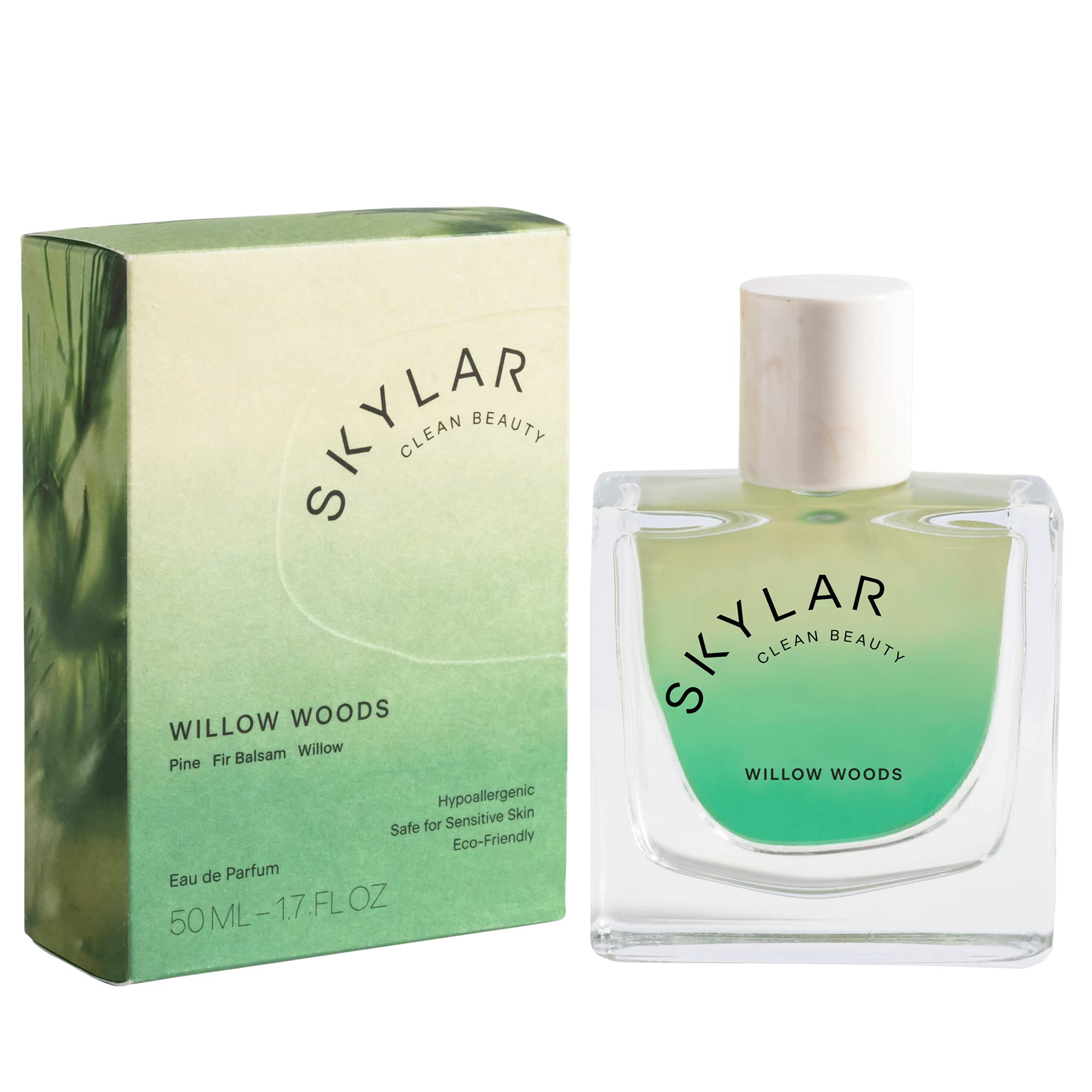
As we navigate the complex landscape of fragrance sensitivity, it’s clear that a multifaceted approach involving scientific research, public education, and policy changes will be necessary to address this growing concern. By fostering a greater understanding of the impact of fragrances on indoor air quality and individual health, we can work towards creating environments that are more accommodating and healthier for everyone, regardless of their sensitivity to scents.
Sensitive to fragrance? You’re not alone – but the science is still out
Jacqueline Wilkes can’t stand the smell of air fresheners, perfume, aftershave and scented laundry powder.
“I find these fragrances highly offensive,” she says.
“They make me feel headachy, sick in the stomach and breathless.”
Unfortunately Jacqueline is not the only person in her family with a sensitivity to fragrance.
Her mum Nancy has a lung disease and is on oxygen therapy. Her reactions to scented products are even worse than Jacqueline’s.
Jaqueline and mother Nancy Wilkes are both sensitive to fragrance.(Supplied: Jaqueline Wilkes)
“If she comes in contact with people wearing these fragrances, or products with fragrance in them she can be severely ill,” says Jacqueline.
Nancy chokes up, becomes weak and dizzy and gets headaches and sore muscles.
Anxiety about encountering smells keeps Nancy at home a lot, Jacqueline says.
“She’s really cut down on her socialising. It’s quite isolating for her.”
Even the health professionals Nancy sees wear cologne, or use air fresheners and toilet deodorisers.
And because fragrances are naturally volatile, they get around. At home Nancy can be affected not just by scents on visitors, but by wafts of deodorant or laundry powder used by the neighbours.
One in three affected by fragrance?
A survey of people in the US, Australia, UK and Sweden last year reported that as many as 1 in 3 people have ‘fragrance sensitivity’.
The study, by Anne Steinemann from the University of Melbourne, found adverse effects were most often caused by fragrance in products worn by others, in cleaning products, and in air fresheners or deodorisers.
The smell of scented laundry products can make some people feel sick.(Getty Images: Михаил Руденко)
Top of the list of adverse effects were respiratory problems (difficulty breathing, coughing, shortness of breath), mucosal symptoms (e.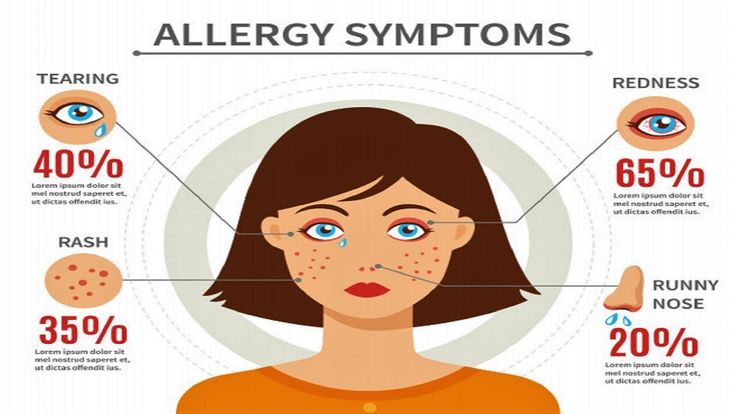 g. watery or red eyes, nasal congestion, sneezing), migraine headaches, skin problems (e.g. rashes, hives, red skin, tingling skin, dermatitis), and asthma attacks.
g. watery or red eyes, nasal congestion, sneezing), migraine headaches, skin problems (e.g. rashes, hives, red skin, tingling skin, dermatitis), and asthma attacks.
And Dr Steinemann found that 9 per cent of people found the effects of fragrance ‘disabling’, causing them to lose workdays or even jobs.
Products like air fresheners and cleaning materials have also been linked to a more serious condition called Multiple Chemical Sensitivity.
What does the science say?
The science is not in yet, says molecular pharmacologist and toxicologist Ian Musgrave of the University of Adelaide.
We know that components of fragrances can, in some people, cause contact dermatitis — a condition that makes skin red or inflamed.
And there have also been a number of studies that have found that perfume triggers migraines and asthma attacks.
But differences in methodologies make it hard to compare findings on the proportion of people affected, says Professor Musgrave.
“Steinemann’s results are plausible, although they may be overestimated.”
ABC Science on Facebook
Want even more science, health, environment and tech? Join the conversation on Facebook.
Read more
And the difficulty is not just in comparing research, but also attributing causality.
That’s because most studies are — like Dr Steinemann’s — based on self-reports by people, who may be mistaken about the cause of their symptoms.
Dr Musgrave says two other studies that have deliberately exposed people to fragrance under controlled experimental conditions suggest there is no link between fragrance and respiratory problems, although these were small studies.
Could something else be involved?
Other experts have suggested there are neurological and even psychological factors playing a role.
Perhaps people come to associate fragrances used to mask other environmental agents that trigger adverse effects, like mould or cigarette smoke, with the reaction, says Dr Musgrave.
“They could then become anxious or triggered by the fragrance even when the mould or cigarette smoke is not present.”
It might make things smell clean but maybe it’s masking other triggers of asthma and migraine?(Getty Images: Catherine Falls Commercial)
Dr Musgrave says it’s not clear whether the conditions reported in the study by Dr Steinemann were caused by fragrance itself or other possible triggers in the environment.
“Nonetheless, this issue is important to community groups and even if it is not fragrance itself, but other factors (such as triggers concealed by fragrance) more research is needed to ensure that health issues are not being missed,” he says
It’s also a controversial one, with the idea that perfumes poses health hazards listed among the 2011 Top Ten Unfounded Health Scares by a website supported by the hygiene and cosmetics industry.
So, what can you do if you’re affected by fragrances?
Although the science is not yet conclusive, Jacqueline and her mum are not taking any chances.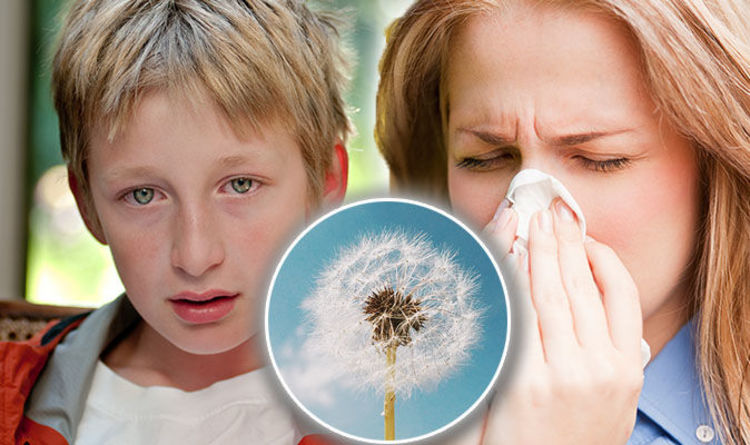
“There’s no doubt in our minds that fragrance is the culprit,” says Jacqueline.
She’s not convinced we know the full impact of fragrances on health, so she tries to avoid them altogether.
One way to do this is to use unscented products only, which means avoiding those labelled as containing ‘parfum’ or ‘fragrance’
Another way is to use simple products like bicarb soda and vinegar.
Even these seemingly-innocent incense sticks may insence some.(Getty Images: Carol Yepes)
If fragrance use by others is the issue, having a conversation with them is a good starting point.
However this can be tricky, as Jacqueline and Nancy found when they complained about fragrant oil sticks used in a physiotherapist’s practice. They were told to go elsewhere!
If you are in the workplace and you can’t solve your problem by talking to colleagues, you could ask your boss to deal with it as an occupational health and safety issue.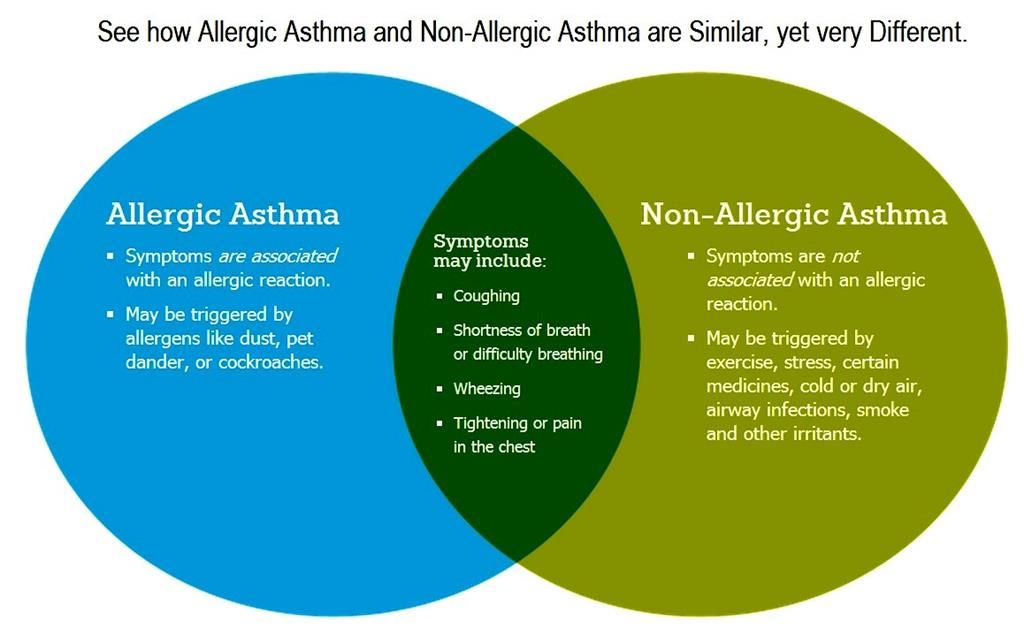
This could mean putting some distance between you and someone who is wearing a strong scent, or changing the chemicals used in places like bathrooms.
Some countries even advise workplaces on how to have a “scent-free policy” — although Dr Musgrave says this may not solve the problem if the scent is covering up some other environmental trigger.
Natural versus synthetic scents?
Jacqueline says she focuses on avoiding products containing synthetic fragrance and petrochemicals.
But since the exact ingredients of individual fragrances are not required to be on the label, consumers are a bit in the dark.
So Jacqueline avoids anything labelled ‘parfum’ or ‘fragrance’ and opts instead for essential oils like eucalyptus, lavender and peppermint, which she and her mum find aren’t a problem for them.
But, it is worth noting essential oils can have their own risks.
Science in your inbox
Get all the latest science stories from across the ABC.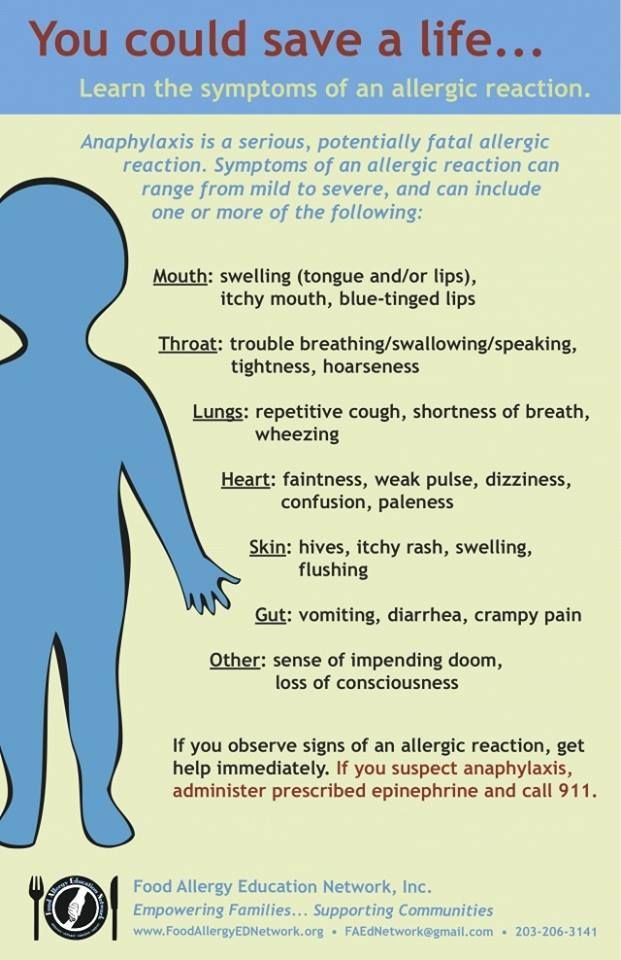
Email address
Posted , updated
Аллергия на ароматы и качество воздуха в помещении
Автор: Мэри Джо ДиЛонардо
Медицинский обзор Амита Шрофф, доктор медицинских наук, 10 ноября 2020 г.
В этой статье
- Свободно?
- Некоторые решения для запахов
От освежителей воздуха и чистящих средств до средств для мытья тела, которые просто необходимы вашему подростку, ароматы повсюду.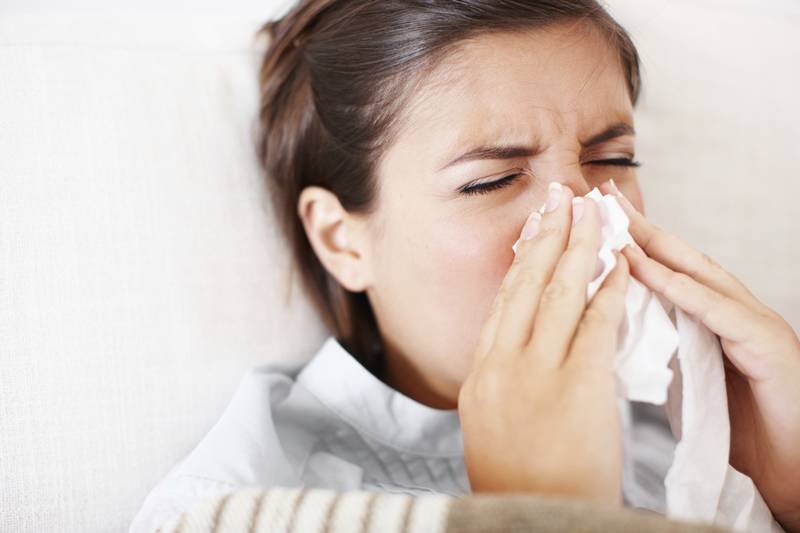 Хотя цель состоит в том, чтобы улучшить запах вещей, все эти запахи также могут привести к головным болям, сыпи и другим нежелательным побочным эффектам.
Хотя цель состоит в том, чтобы улучшить запах вещей, все эти запахи также могут привести к головным болям, сыпи и другим нежелательным побочным эффектам.
По данным Американской академии дерматологии (AAD), около 2,5 миллионов американцев страдают аллергией на запахи. Ароматы воздействуют не только на нос — когда вы наносите ароматизированный продукт на кожу, некоторые содержащиеся в нем химические вещества впитываются. AAD сообщает, что аллергия на ароматизаторы является основной причиной косметического контактного дерматита — состояния, которое может варьироваться от кожного зуда и покраснения до волдырей и отека.
Но даже если у них нет классических признаков аллергии на ароматы, многих людей все равно беспокоят запахи. В нескольких недавних исследованиях почти треть опрошенных заявили, что их раздражают ароматизированные продукты, которые носят другие люди. Девятнадцать процентов сказали, что у них появились головные боли, затрудненное дыхание или другие проблемы из-за освежителей воздуха или дезодорантов.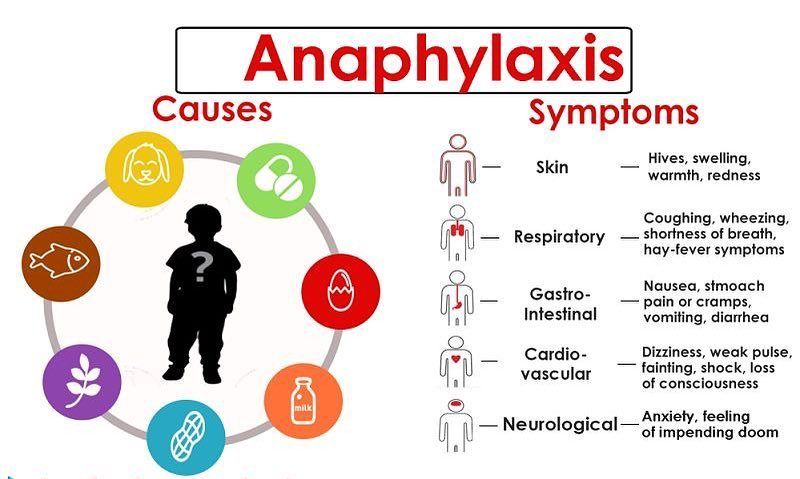
Химические вещества в парфюмерии
Неудивительно, что ароматы могут вызывать реакции у многих людей. По оценкам, более 3000 химических веществ используются для создания ароматов, которые можно найти в повседневных личных продуктах, косметике и чистящих средствах.
Некоторые из этих химических веществ связаны с проблемами со здоровьем, включая проблемы с репродуктивной функцией и астму. Фталаты, например, представляют собой противоречивое семейство химических веществ, которые могут имитировать действие гормонов в организме. Их часто добавляют в ароматы, чтобы они дольше сохранялись.
Но не так-то просто узнать, что содержится в средствах, которые вы наносите на тело и используете для улучшения запаха дома и одежды. FDA не требует от производителей раскрывать конкретные ингредиенты аромата. Они используют всеобъемлющий термин «аромат» на этикетке, который может включать эфирные масла, синтетику, растворители и фиксаторы.
Управление по санитарному надзору за качеством пищевых продуктов и медикаментов (FDA) не тестирует ароматизаторы на регулярной основе, за исключением тех случаев, когда какие-либо опасения потребителей или здоровья связаны с конкретными ингредиентами. Вместо этого производитель продукта несет ответственность за использование безопасных ингредиентов.
Вместо этого производитель продукта несет ответственность за использование безопасных ингредиентов.
Действительно ли «Без запаха» не содержит ароматизаторов?
Но химикаты не единственные виновники. Даже сильные естественные запахи, такие как, например, ароматические цветы, могут вызвать у некоторых людей приступы мигрени или астмы. К сожалению, это не так просто, как найти продукт с пометкой «без отдушек».
Неароматизированные продукты или продукты без отдушек могут содержать небольшое количество отдушек, чтобы скрыть неприятные запахи, но недостаточно для сильного запаха.
Some Smell Solutions
Так что, если вы хотите избежать проблем с синтетическими или другими сильными ароматизаторами? Есть несколько способов избавиться от запаха более здоровым способом. Вы можете начать с некоторых продуктов, которые могут иметь сильный запах, таких как стиральные порошки и освежители воздуха. Вот несколько более естественных и, возможно, менее раздражающих способов избавления воздуха от нежелательных запахов:
• Пищевая сода .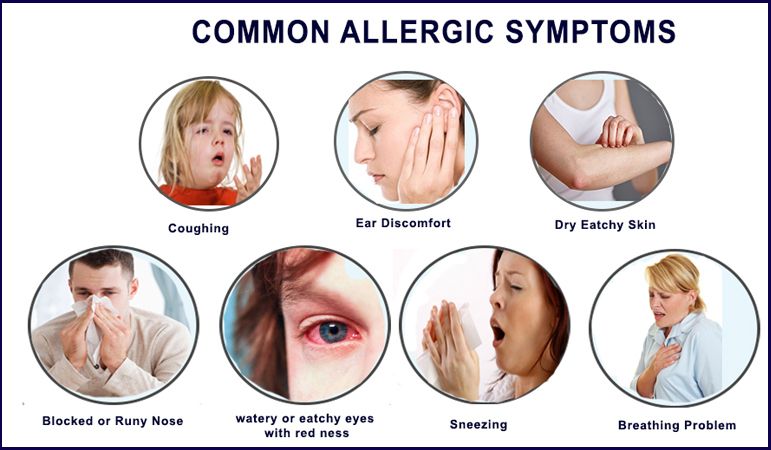 Вы можете поместить коробку в холодильник и морозильную камеру, чтобы впитать неприятные запахи. Но этот резервный дезодорант, который химически нейтрализует запахи, а не маскирует их, также можно использовать в лотках для мусора, мусорных баках, сливах кухни и ванной, вонючих кроссовках, затхлых автомобилях и коврах, чтобы поглотить запахи перед тем, как пылесосить.
Вы можете поместить коробку в холодильник и морозильную камеру, чтобы впитать неприятные запахи. Но этот резервный дезодорант, который химически нейтрализует запахи, а не маскирует их, также можно использовать в лотках для мусора, мусорных баках, сливах кухни и ванной, вонючих кроссовках, затхлых автомобилях и коврах, чтобы поглотить запахи перед тем, как пылесосить.
• Белый дистиллированный уксус . Запах может быть сильным в первые несколько мгновений применения, но он быстро рассеивается. Область применения этого полностью натурального продукта варьируется от уборки ванных комнат и кухонь до мытья окон и деревянных полов. Просто разбавьте его и используйте как обычное моющее средство для дома. Вы также можете поставить миску на столешницу, чтобы устранить запахи, например, когда вы что-то сожгли на кухне.
• Цитрусовый . Если в вашей раковине что-то вонючее, нарежьте лимон или апельсин — или просто выбросьте кожуру в канализацию — и включите мусоропровод. Чтобы избавиться от запаха в другом месте, нарежьте несколько лимонов и положите их в миску на кухне, в ванной или в прачечной. Запах цитрусовых поможет освежить помещение и заглушить неприятные запахи.
Чтобы избавиться от запаха в другом месте, нарежьте несколько лимонов и положите их в миску на кухне, в ванной или в прачечной. Запах цитрусовых поможет освежить помещение и заглушить неприятные запахи.
• Кофейная гуща . Поставьте миску с сушеной кофейной гущей в холодильник или морозильник или поставьте ее на кухонную раковину, чтобы впитать неприятные запахи. Сделайте пакетик с кофейной гущей в нейлоне или марле и повесьте его в шкафу или другом затхлом месте.
• Чистящие средства без запаха. Хотя этикетка «без запаха» не всегда означает, что в бытовом чистящем средстве нет химических запахов, оно, скорее всего, не будет иметь заметного аромата. Однако, если у вас на самом деле аллергия на ароматизаторы, у вас все еще может быть реакция на те, которые содержат ароматизаторы.
• Воздушные фильтры. Воздухоочистители и фильтры могут быть полезны для устранения некоторых запахов, но исследования относительно того, могут ли эти фильтры помочь с запахами, а также облегчить симптомы астмы и аллергии, неоднозначны. На рынке представлено множество различных типов, включая механические (вентиляторные HEPA) и электронные (очистители ионного типа). Избегайте «генераторов озона». Хотя все воздухоочистители (и другое электронное оборудование) производят небольшое количество озона, вы можете уточнить у производителя, что система очистки воздуха находится в пределах допустимого уровня побочных продуктов озона.
На рынке представлено множество различных типов, включая механические (вентиляторные HEPA) и электронные (очистители ионного типа). Избегайте «генераторов озона». Хотя все воздухоочистители (и другое электронное оборудование) производят небольшое количество озона, вы можете уточнить у производителя, что система очистки воздуха находится в пределах допустимого уровня побочных продуктов озона.
• Свежий воздух . Иногда лучший способ избавиться от запаха — просто открыть окно. Если вы не страдаете сезонной аллергией, откройте окна и дайте воздуху рециркулировать.
Вы также можете сократить воздействие ароматов на свою семью, выбирая средства личной гигиены, такие как шампуни, лосьоны и средства для мытья тела, которые не содержат отдушек или химических веществ, таких как фталаты. База данных Skin Deep Cosmetic Safety от Рабочей группы по охране окружающей среды представляет собой руководство с возможностью поиска, в котором рассматривается более 7600 ингредиентов.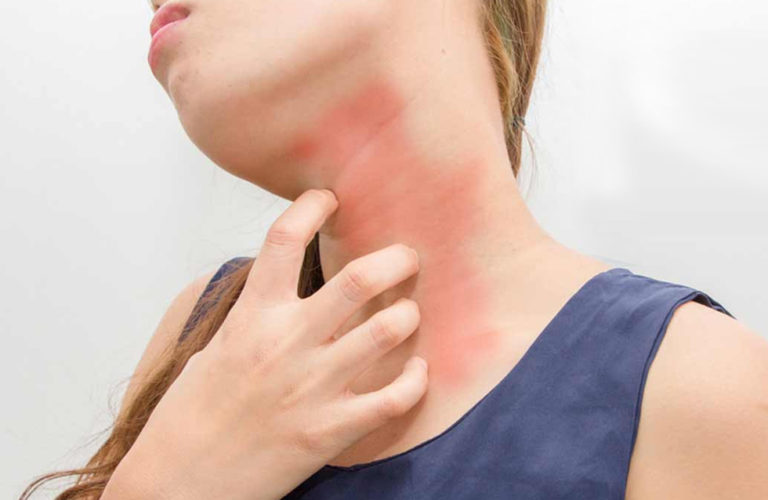 Вы можете использовать его, чтобы узнать, что входит в состав ваших средств личной гигиены.
Вы можете использовать его, чтобы узнать, что входит в состав ваших средств личной гигиены.
Являются ли освежители воздуха причиной ваших аллергических реакций?
Для страдающих аллергией и астмой большая часть обеспечения того, чтобы их состояние не оказывало негативного влияния на качество их жизни, состоит в том, чтобы избегать потенциальных триггеров. Традиционно людям, страдающим астмой и аллергией, рекомендуется следить за тем, чтобы в их домах и на рабочих местах не было раздражающих веществ, таких как споры плесени, перхоть домашних животных, пылевые клещи, пыльца растений, дым и остатки насекомых. Кроме того, недавние исследования выявили еще один предмет, которого следует избегать людям с респираторными заболеваниями: освежители воздуха.
Освежители воздуха вызывают аллергию и ухудшают течение астмы
Исследователи из Университета Эмори обнаружили, что вдыхание химических веществ, используемых в обычных освежителях воздуха, может вызвать у аллергиков заложенность носа, насморк и чихание. Исследователи также обнаружили, что у астматиков снижается функция легких при воздействии освежителей воздуха. Химические вещества, которые придают освежителям воздуха их аромат, используются в производстве сменных дезодорантов, ароматических свечей и фитильных диффузоров. Учитывая это, вполне вероятно, что эти продукты вызывают раздражение у аллергиков и астматиков, и их также следует избегать.
Исследователи также обнаружили, что у астматиков снижается функция легких при воздействии освежителей воздуха. Химические вещества, которые придают освежителям воздуха их аромат, используются в производстве сменных дезодорантов, ароматических свечей и фитильных диффузоров. Учитывая это, вполне вероятно, что эти продукты вызывают раздражение у аллергиков и астматиков, и их также следует избегать.
Чувствительность, а не аллергия
Исследование, проведенное в 2009 году Вашингтонским университетом , показало, что побочная реакция аллергиков на освежители воздуха связана с чувствительностью, а не аллергией. Это различие важно, потому что оно показывает, что чувствительность к веществу, такому как лактоза в молоке, не равнозначна аллергической реакции на вещество, такое как арахисовое масло. Аллергик, чье состояние вызвано запахом освежителя воздуха, может быстро оправиться от своих симптомов, покинув зону действия неприятного запаха. Если кто-то, у кого есть аллергия на химические вещества в освежителе воздуха, подвергся его воздействию, его иммунная система отреагирует слишком остро, и его жизнь может оказаться в опасности, если он не получит немедленной медицинской помощи.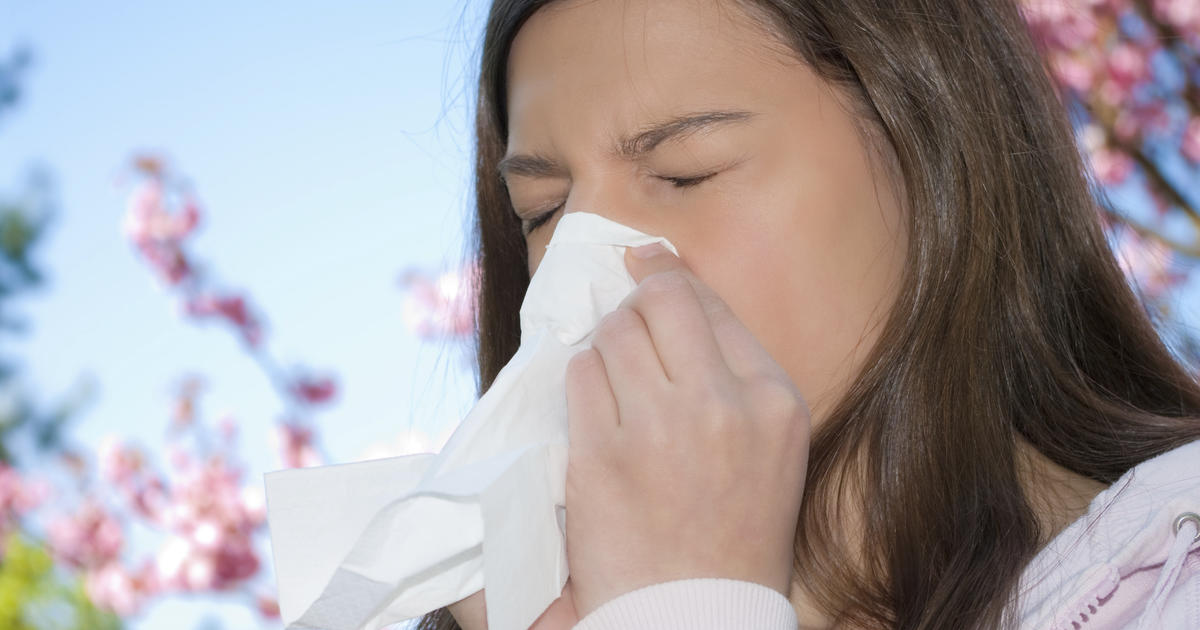
Серьезный триггер астмы
Хотя было обнаружено, что освежители воздуха не только раздражают состояние страдающих аллергией, их воздействие на астматиков более серьезное. Исследование, проведенное Американским колледжем аллергии, астмы и иммунологии , показало, что у 34% страдающих астмой, подвергшихся воздействию ароматических свечей или освежителей воздуха, возникли проблемы с дыханием. Летучие органические соединения, которые используются для создания отличительных ароматов, присутствующих в этих продуктах, являются корнем проблемы. Было обнаружено, что химические вещества, такие как сложные эфиры, формальдегид, нефтяные дистилляты и лимонен, вызывают головокружение, сужение дыхательных путей, раздражение глаз и даже ухудшение памяти у больных астмой. Эти результаты присутствовали даже в освежителях воздуха, которые позиционировались как «натуральные». При этом астматикам рекомендуется полностью избегать использования любого из этих освежителей воздуха, «натуральных» или нет, в своих домах.
